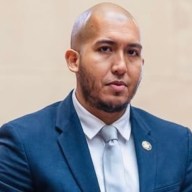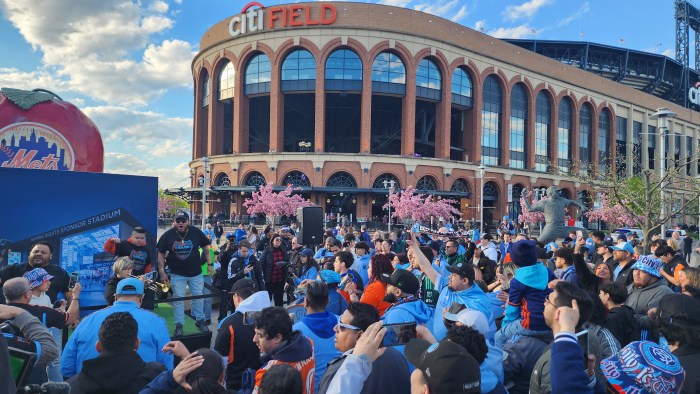By Alex Davidson
About 100 parents and educators from most borough school districts came out Monday night to express their anger and confusion at the transfer provision of the No Child Left Behind Act, which a Queens congressman said could mean an influx of new students at already crowded, well-performing borough schools.
U.S. Rep. Anthony Weiner (D-Kew Gardens) hosted the forum on the federal law at JHS 168 in Hillcrest to better inform parents and listen to their concerns, which seemed centered around a fear that students at low-performing schools would flood jammed schools with a good academic record.
“We all believe that every child deserves a quality education, but we don’t want our schools overcrowded at the hands of the federal government,” Cathy Cahn, co-PTA president at PS 205 in Bayside said.
Cahn and more than seven other parents involved in the PTA were at the forum from PS 205, which they feared could become overcrowded since it is on the chancellor’s list of the top 209 schools in the city.
“We could only accommodate more students if we took away the science labs,” said Monica Santos, a Bayside resident and parent of a first-grader. “This could mean an additional 10 to 15 students in each classroom.”
Weiner said the act does not provide money to build additional schools and instead shuffles students from school to school instead of addressing classroom crowding. He said the bill forces local school systems like the city Department of Education to ensure all student transfer requests are granted.
“According to regulations, capacity is not a reason to turn down a transfer,” he said. “We should let students transfer but should first improve schools that are not doing well.”
Weiner showed parents and educators a chart that showed only Districts 25 and 26 in Queens could possibly accept transfer students.
But other parents at the meeting were more concerned with how borough schools were being ignored instead of improved.
“Moving my child to another school is not the answer,” said LuAnn Atchison, a mother of several children in Flushing-area District 25. “The money you’re proposing up there doesn’t ever make it down here.”
Atchison said she is tired of lengthy discussions about education reform and said the federal government instead should focus on getting money immediately to help low-performing schools instead of encouraging parents to pull their children out of them.
The act, signed into law Jan. 8, 2002, was a bipartisan bill that increased funding, accountability and standards in public schools and was the first piece of legislation championed by President George W. Bush.
Despite his criticism of the law Weiner voted for the act.
Brian Morrow, deputy chancellor for instruction at the city Department of Education, said during the last school year, only 1,500 city students were transferred from under-performing to well-performing schools under the federal act. Both he and Weiner said they were worried a letter sent out by Schools Chancellor Joel Klein this week alerting parents they have the option to transfer their students out of under-performing schools could unfairly burden well-performing schools.
Queens has the most overcrowded public schools in the city, according to a recent report issued by the Public Advocate, with the city Department of Education reporting borough high schools are operating at 117 percent of capacity.
In defense of the act, David Cassidy, a representative of the U.S. Department of Education, said students who choose not to transfer away from low-performing schools will receive federal aid in the form of free tutoring or after school instruction. He said an under-performing school would lose that money if the student transfers to a well-performing school.
But for Cassidy, the prospect of increased education spending will not solve low test scores and enhance student performance.
“Money alone is not the answer,” he said. “All the dollars in the world won’t solve the problem.”
Parents were also confused as to why New York City with some 37 individual school districts is being treated the same as other school districts throughout the country with fewer students.
The most crowded district in the city, District 24, which includes the neighborhoods of Glendale, Maspeth, Middle Village, Ridgewood and Woodside. It has 37, 686 students enrolled, which is 3,799 more students than it should have, putting it at 111 percent of capacity.
Other overcrowded districts in the borough include: District 27 in Howard Beach, running at 103 percent of capacity; District 29 in Queens Village, running at 104 percent of capacity; District 30 in Jackson Heights, running at 101 percent of capacity.
Reach reporter Alex Davidson by e-mail at TimesLedger@aol.com or by phone at 1-718-229-0300, Ext. 156































